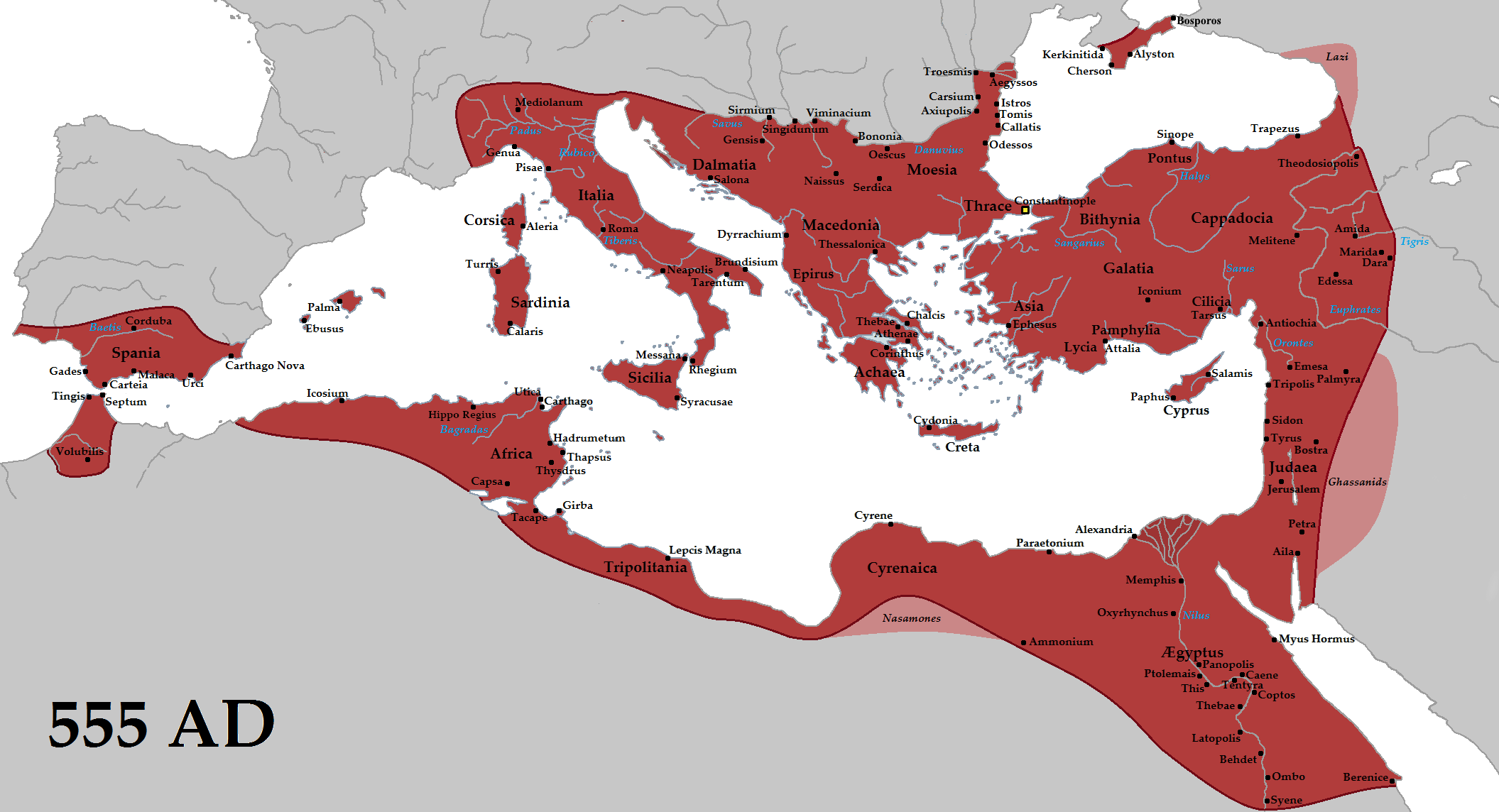History of Art
- Introduction to Art History
- Byzantine Art
- Islamic Art
- Renaissance Art
- Baroque and Rococo Art
- Impressionism and Post-Impressionism
- Modernism
- Postwar & Contemporary Art
- Art of Africa & Oceania
- Art of the Americas
Byzantine Art
San Vitale and Hagia Sophia: Architectural Marvels of the Byzantine Empire

Roman Empire during Late Antiquity and the Middle Ages.
The Byzantine Empire, known for its rich and influential culture, has left an indelible mark on the world of art and architecture. Two of the most iconic structures from this era are the Basilica of San Vitale in Ravenna, Italy, and the Hagia Sophia in Istanbul, Turkey. Both structures are renowned for their architectural innovation and the stunning mosaics they house.
San Vitale: Architecture and Mosaics
The Basilica of San Vitale, completed in 547 AD, is one of the most important examples of early Christian Byzantine art and architecture in Europe. The church is octagonal in shape, a departure from the traditional basilica layout, and is most famous for its wealth of Byzantine mosaics, the largest and best preserved outside of Constantinople.
The mosaics depict various religious scenes, including the Old Testament stories, the sacrifice of Abel and Melchizedek, and the story of Moses. The most famous mosaics are those of Emperor Justinian and Empress Theodora in full ceremonial attire, demonstrating the close relationship between the church and the Byzantine state.
Hagia Sophia: From Church to Mosque to Museum
The Hagia Sophia, originally built as a cathedral in 537 AD under Emperor Justinian, is considered one of the greatest masterpieces of Byzantine architecture. The structure is most notable for its massive dome, which was a significant achievement in architectural design and construction at the time.
The Hagia Sophia served as a Christian cathedral for nearly a thousand years before being converted into a mosque in 1453 following the Ottoman conquest. Many of its Christian mosaics and decorations were plastered over, and Islamic features, such as minarets, were added. In 1935, the Hagia Sophia was converted into a museum, and efforts were made to restore and reveal the hidden Christian mosaics while preserving the Islamic additions.
The Architectural and Artistic Innovations of the Hagia Sophia
The Hagia Sophia's most striking feature is its large dome, which seems to float above the structure. This was achieved through the use of pendentives - triangular sections of a sphere that allow the transition from a square base to a circular dome. This architectural innovation had a significant influence on the development of dome construction in the future.
The interior of the Hagia Sophia is adorned with mosaics and marble pillars, reflecting the opulence of the Byzantine Empire. The mosaics, which depict religious figures and scenes, are considered some of the finest examples of Byzantine art.
The Influence of San Vitale and Hagia Sophia on Later Art and Architecture
Both San Vitale and the Hagia Sophia have had a profound influence on later art and architecture. The use of domes, intricate mosaics, and the integration of architectural space with decorative art in these structures have inspired countless other buildings and works of art throughout history.
In conclusion, the Basilica of San Vitale and the Hagia Sophia are not just architectural marvels of the Byzantine Empire, but they also serve as enduring symbols of the cultural and artistic achievements of this influential period in history.